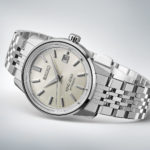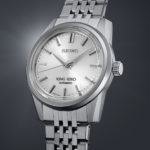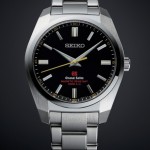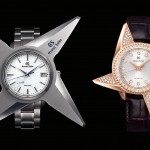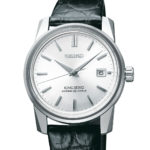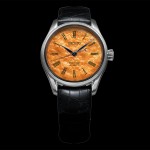Seiko Introduces the King Seiko KS1969
Slim, retro, and "C-shaped".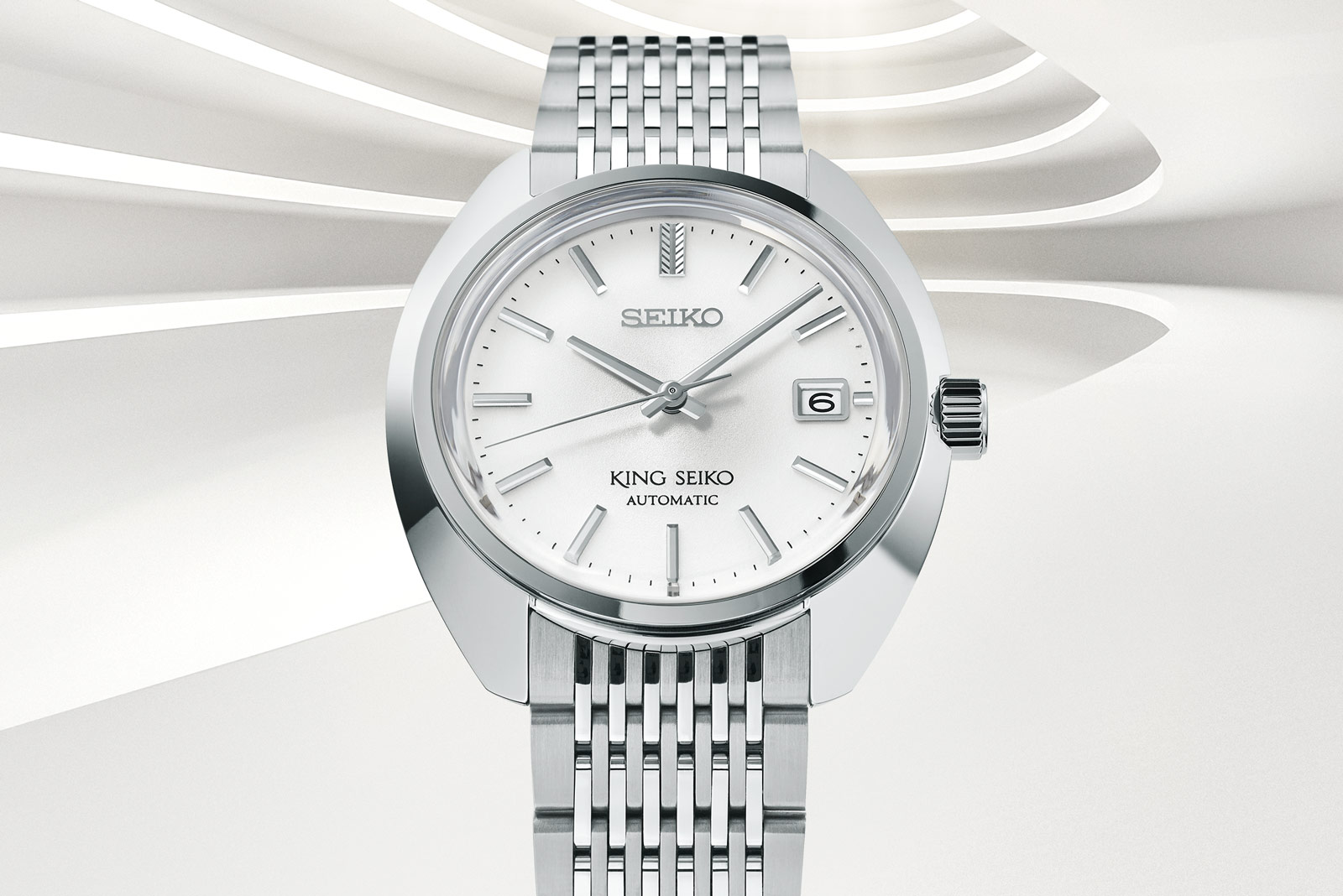
After officially reviving the King Seiko brand in 2022, Seiko has introduced a new range of King Seiko models inspired by the vintage original from 1969. The King Seiko KS1969 features a stainless steel “C-shaped” case that’s a thin 9.9 mm high, along with a matching retro-style bracelet. It is available in four colourways, including grained purple and baby blue.
Initial thoughts
The standout feature of the KS1969 is its C-shaped case, directly inspired by that of the King Seiko 45KCM that debuted in, you guessed it, 1969. The model will be available in a variety of dial colours, including green and a striking “Edo purple”. Colours aside, the dials are straightforward, featuring applied markers and a date window at three o’clock.
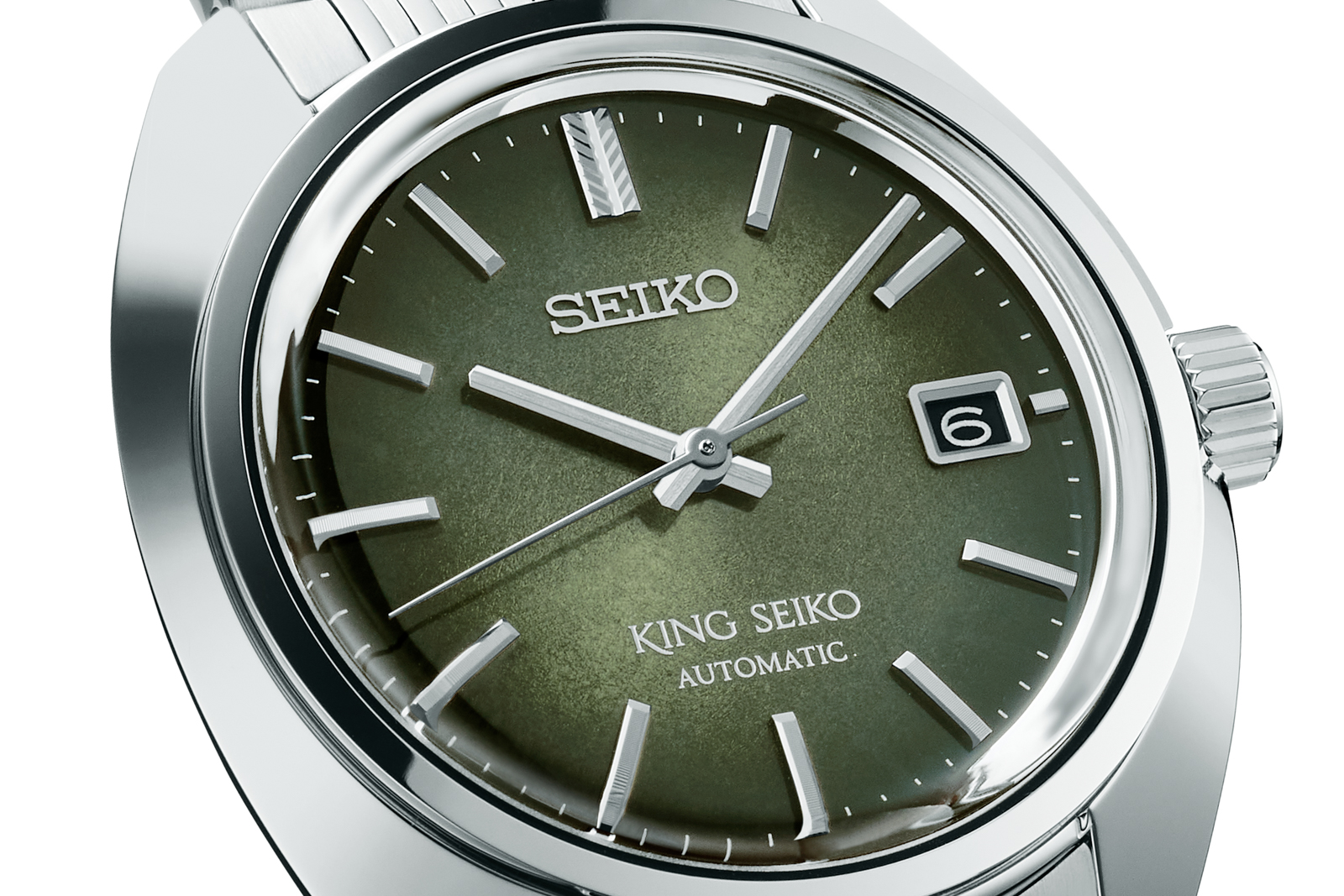
Judging by the press images, the font used for the date wheel is a close match to that of the original 45KCM, which is a thoughtful touch. Attention to detail was also paid to the date wheels that are catered to the dial colour: dark for the purple and green dials, while the blue and silver dials have white wheels.
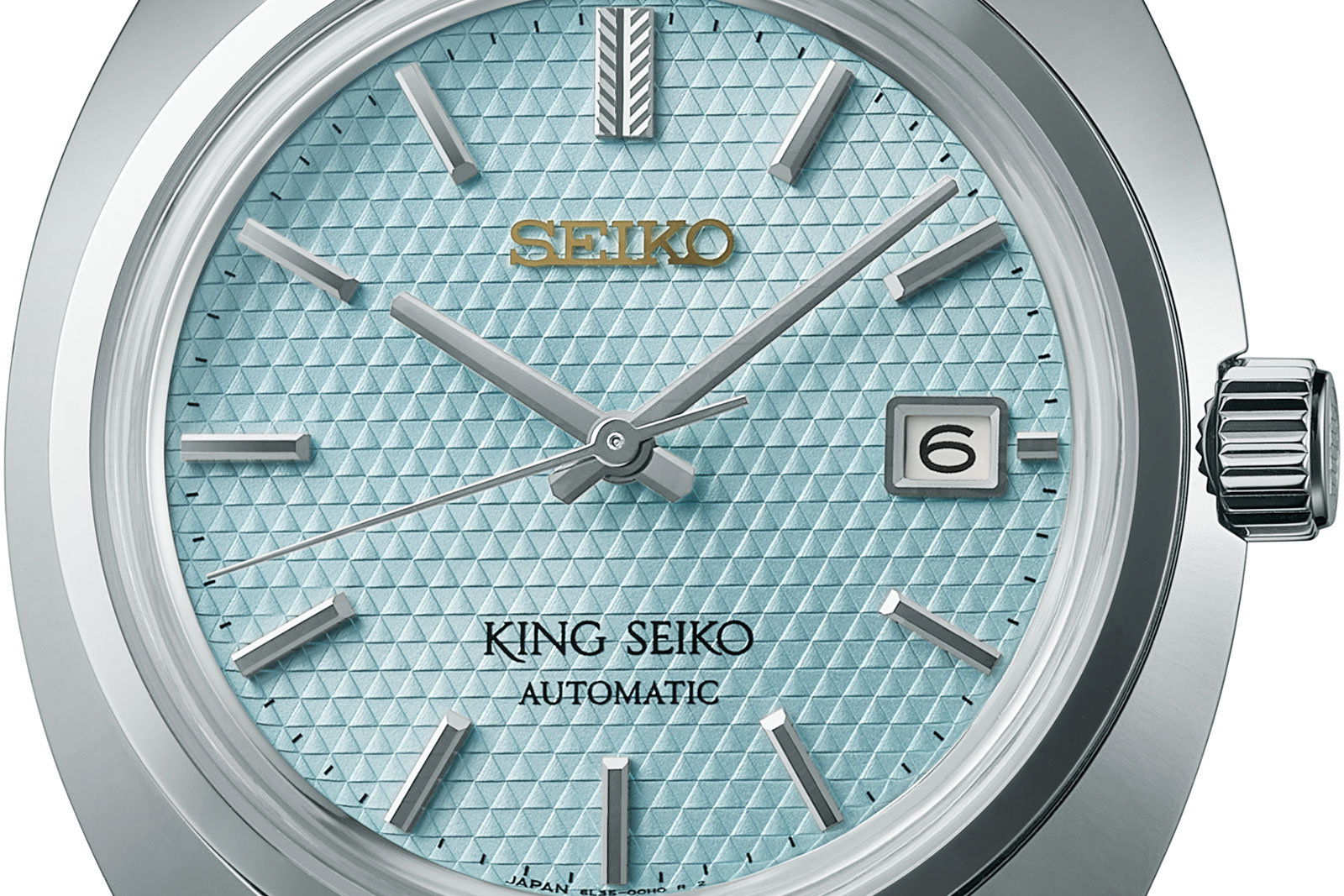
The slim, 39.4 mm case is paired with a multi-link bracelet with alternating brushed and polished links. The design is vintage inspired and evokes the popular “beads of rice” style. It has a somewhat generic “vintage” style, but the short links mean smaller-scale adjustability, enabling a good fit on most wrists.
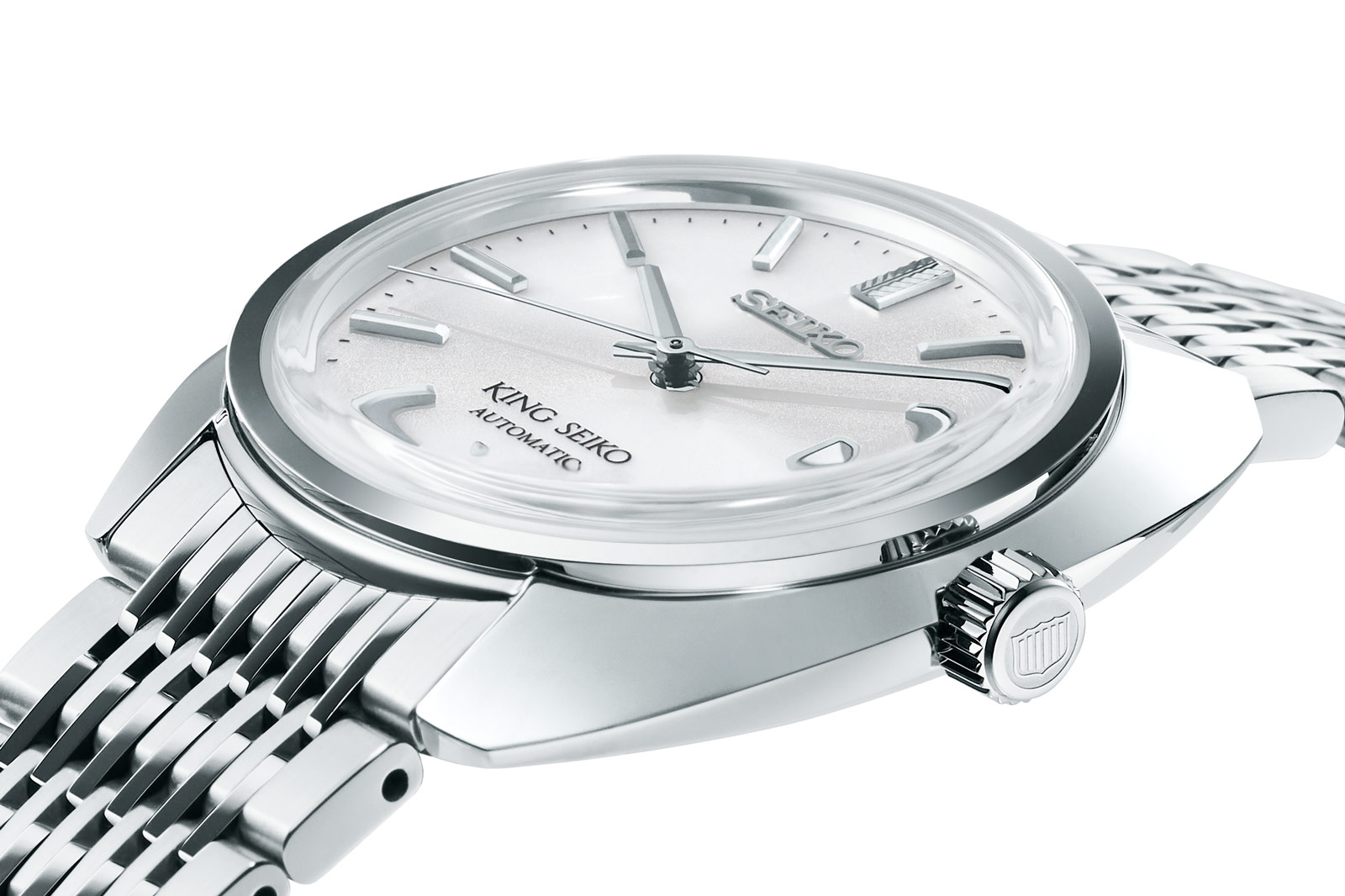
Inside the case is the cal. 6L35. Though considered accurate and reliable, the movement lacks the technical advances, like silicon hairsprings, offered by Swiss peers in the same price segment like Longines and Tudor (or the innovative escapements found in the top-of-the-line Grand Seiko movements). That’s not a complaint but a simple fact, as most watches at this price point feature no-frills movements and compete primarily on design and external fit and finish, where the KS1969 shines.
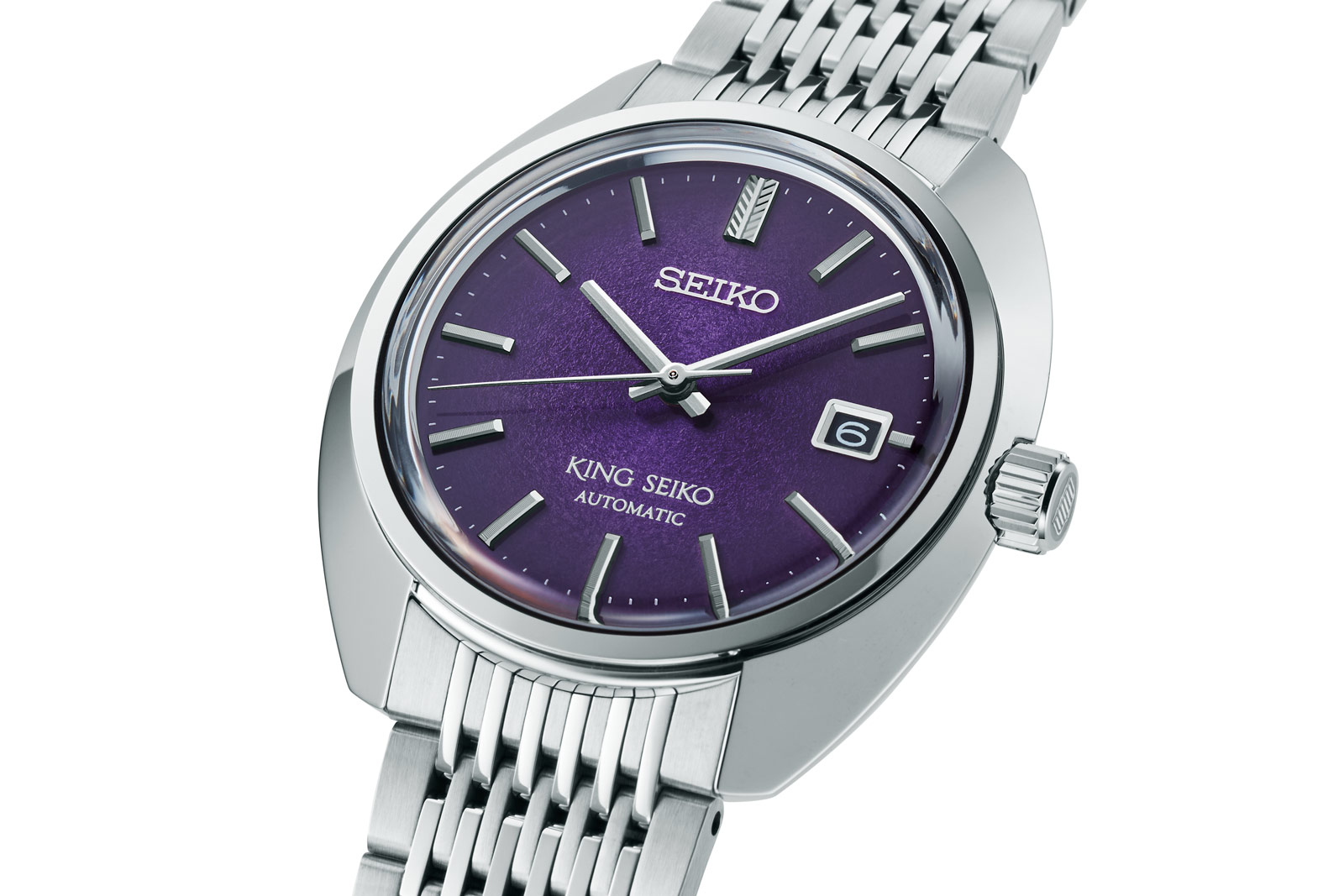
The KS1969 is well-made, attractive, and ergonomic. The quality, particularly of the case, is Grand Seiko-like. But like other watches in the King Seiko collection, its pricing comes close to the entry-level Grand Seiko. Priced at US$3,100, the KS1969 is US$1,000 less than the base-model automatic Grand Seiko. As a result, it can be seen as either a value buy that’s almost-Grand Seiko quality for a third less than Grand Seiko, or premium-priced mid-range Seiko.
As for the Swiss competition, the KS1969 costs about US$1,000 more than equivalent models from Longines, but here the difference is clearer given the superior dial and case of the KS1969.
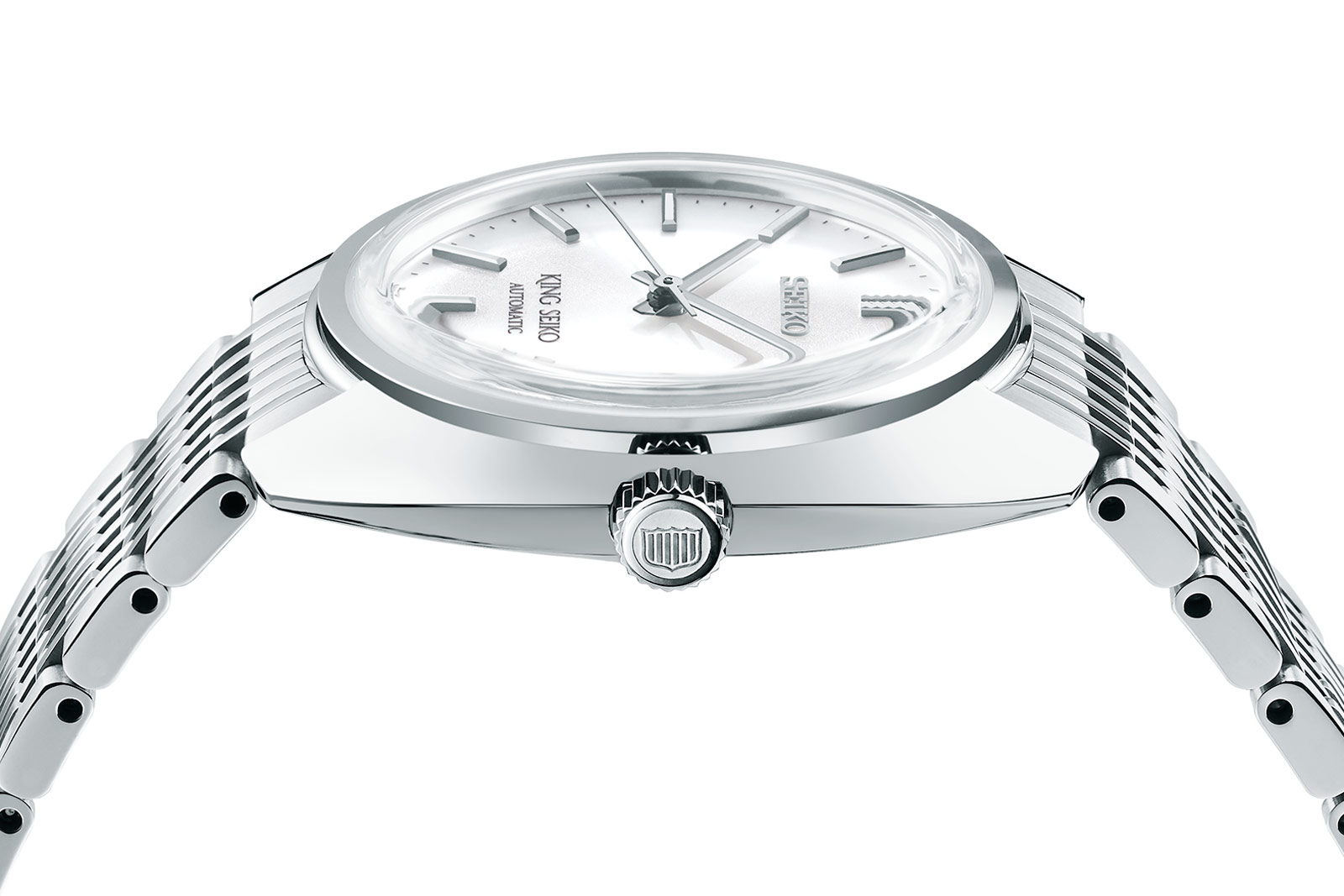
Historical inspiration
It’s hard to think of a decade that made more of a mark on the watch industry than the 1960s, and a big reason for that is Seiko. While the milestone that probably comes to mind most frequently is the introduction of the Quartz Astron, the world’s first commercially available quartz watch, the brand had already been busy out-competing its Swiss peers in mechanical watchmaking.
That was thanks in part to its consolidated industrial scale and the internal rivalry it cultivated between its separate factories in Japan, which amongst other things made the competing Grand Seiko and King Seiko brands.
Nineteen sixty-nine, in particular, was a busy year, witnessing both the launch of the Astron and the cal. 6139, likely the world’s first automatic chronograph movement. But Seiko also found time to launch the King Seiko 45KCM, which directly inspired the new KS1969.
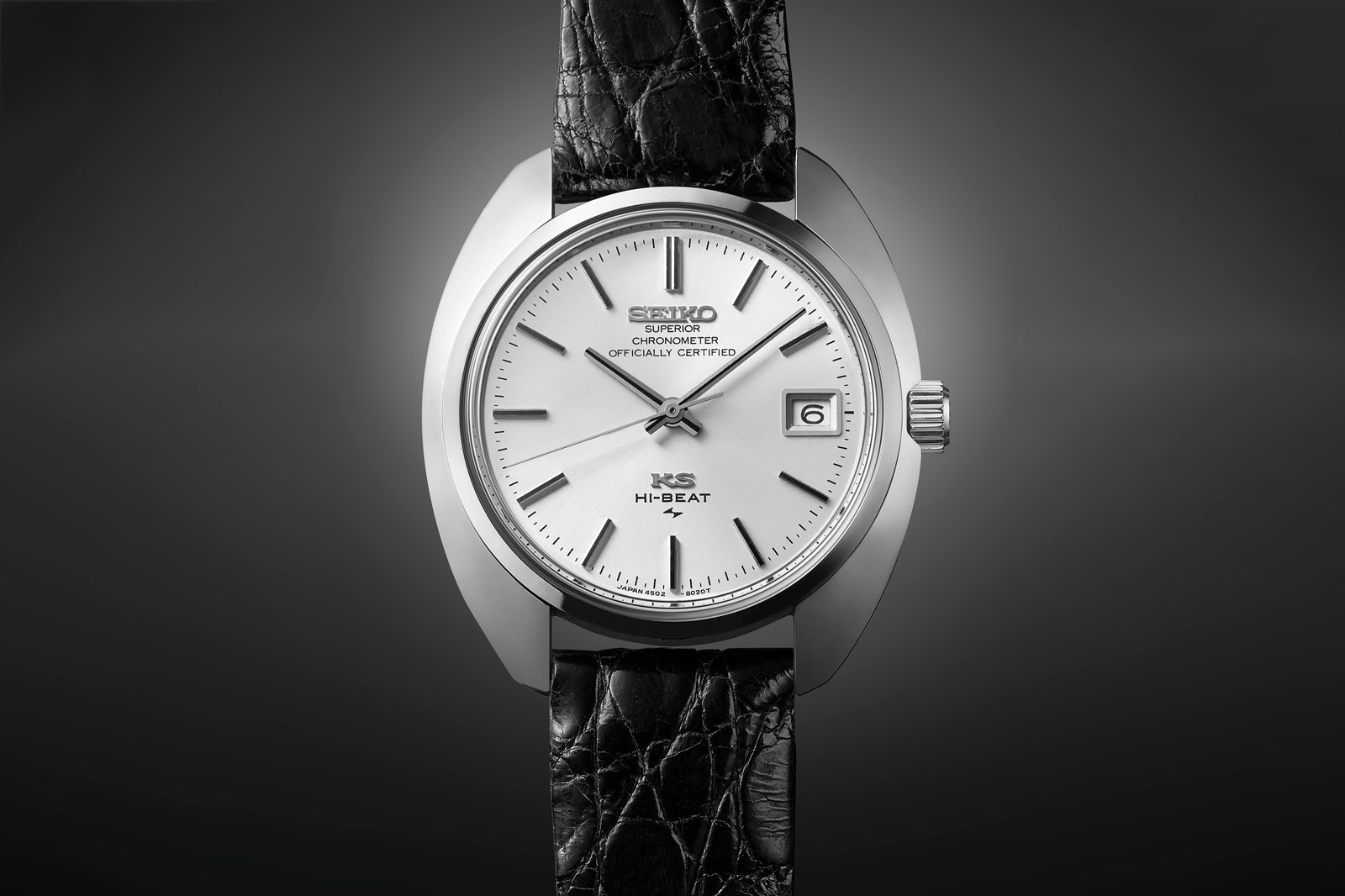
The original 1969 King Seiko 45KCM.
The KS1969 is making its debut in three standard dial colours with a finely grained finish: silver, green, and “Edo purple” that is inspired by a colour that was popular during the Edo period, which lasted from 1603 to 1868, ending just 13 years before the founding of Hattori Tokeiten, which later rebranded as Seiko.
In addition to the three dials that will be part of the regular collection, there is also a 700-piece limited edition to mark the 100th anniversary of the Seiko brand, which made its debut in 1924. The limited edition features a light blue-green dial with a textured pattern meant to evoke dragon scales; the dragon being the zodiac sign for 2024.
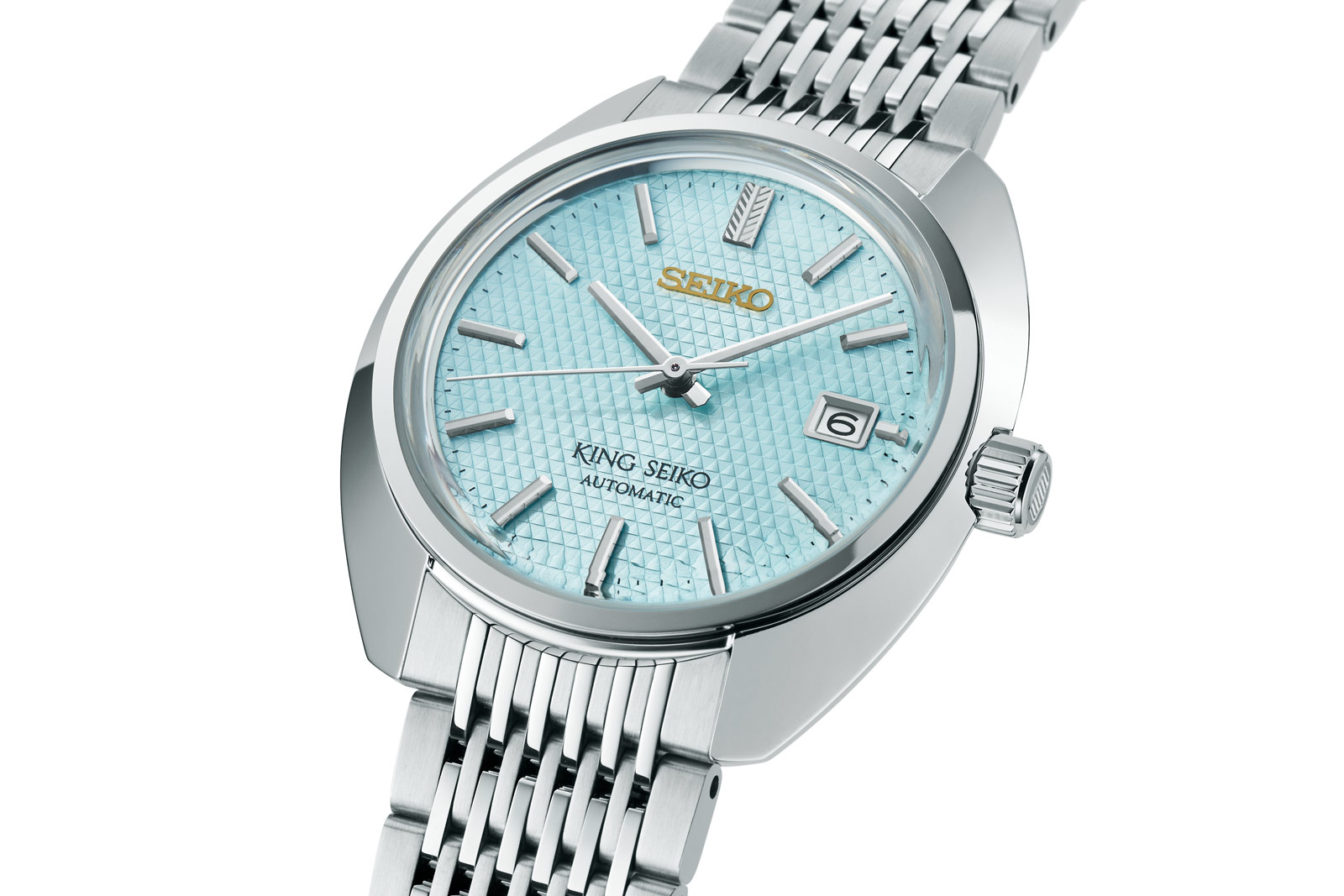
The “dragon scale” limited edition.
Inside the KS1969
Inside the KS1969 is the Seiko cal. 6L35, the Japanese brand’s equivalent to the ETA 2892, in other words a slim, self-winding calibre. Despite being made on the opposite side of the planet, the cal. 6L35’s diameter of 25.6 mm is identical to that of its Swiss peers, and its thickness of just 3.7 mm is a mere 0.1 mm thicker than an ETA 2892.
Introduced in 2018, the cal. 6L35 is primarily used in Seiko’s premium mid-range offerings. As a result it is better finished more finely adjusted than its more pedestrian stablemates like the cal. 6R15. In fact, a derivative of the cal. 6L35 that’s even more elaborately finished is also found in the new Credor Locomotive.
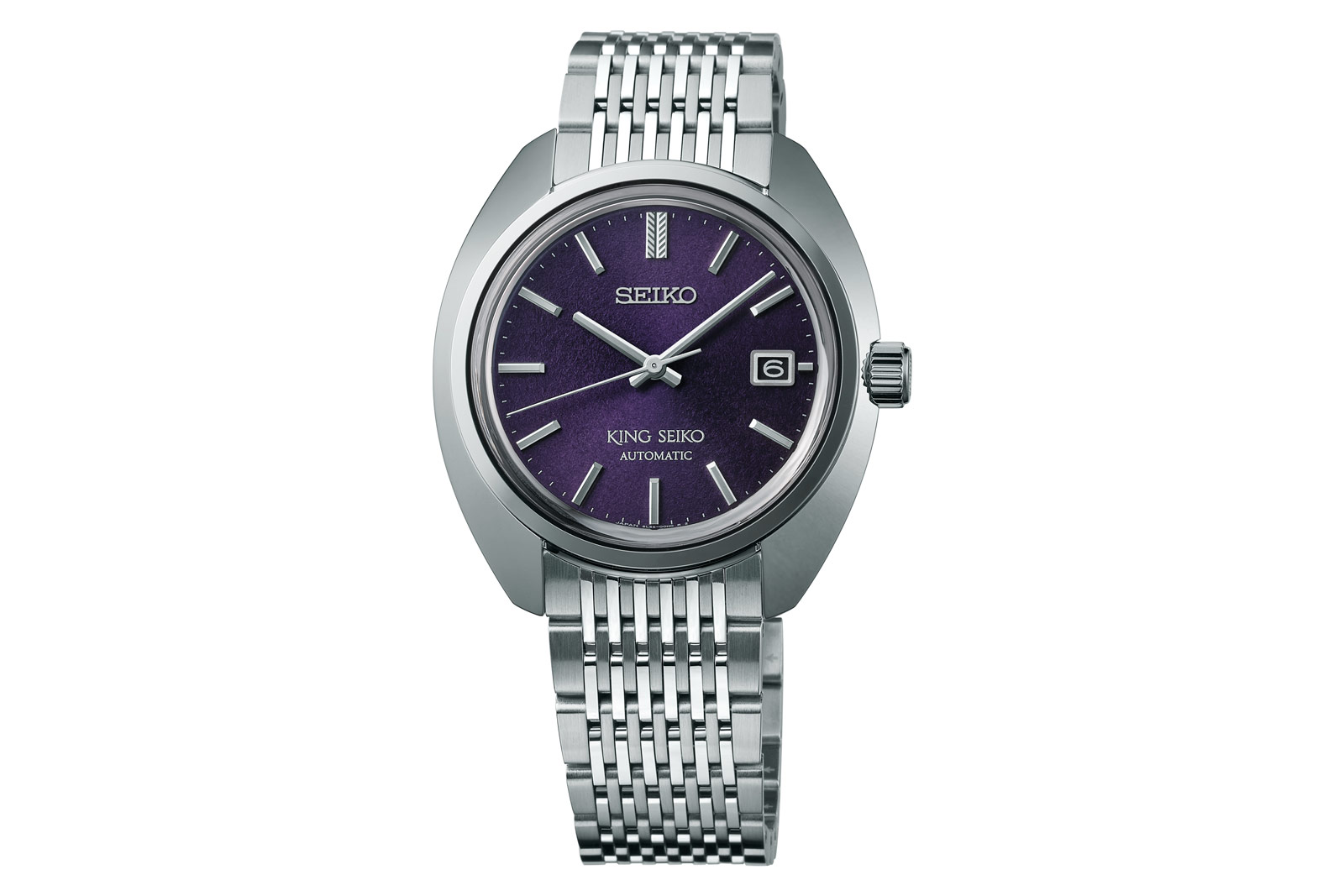
Key facts and price
Seiko King Seiko KS1969
Ref. SJE109 (silver)
Ref. SJE111 (Edo purple)
Ref. SJE113 (green)
Ref. SJE115 (blue-green)
Diameter: 39.4 m
Height: 9.9 mm
Material: Stainless steel
Crystal: Sapphire
Water resistance: 50 m
Movement: Cal. 6L35
Functions: Hours, minutes, seconds and date
Winding: Self-winding
Frequency: 28,800 beats per hour (4 Hz)
Power reserve: 45 hours
Strap: Stainless steel bracelet
Limited edition: Regular production except for SJE115 that’s limited to 700 pieces
Availability: At Seiko boutiques and select retailers starting on July 2024
Price: US$3,100 excluding taxes
For more information, visit seikowatches.com.
This was brought to you in partnership with Seiko.
Back to top.

